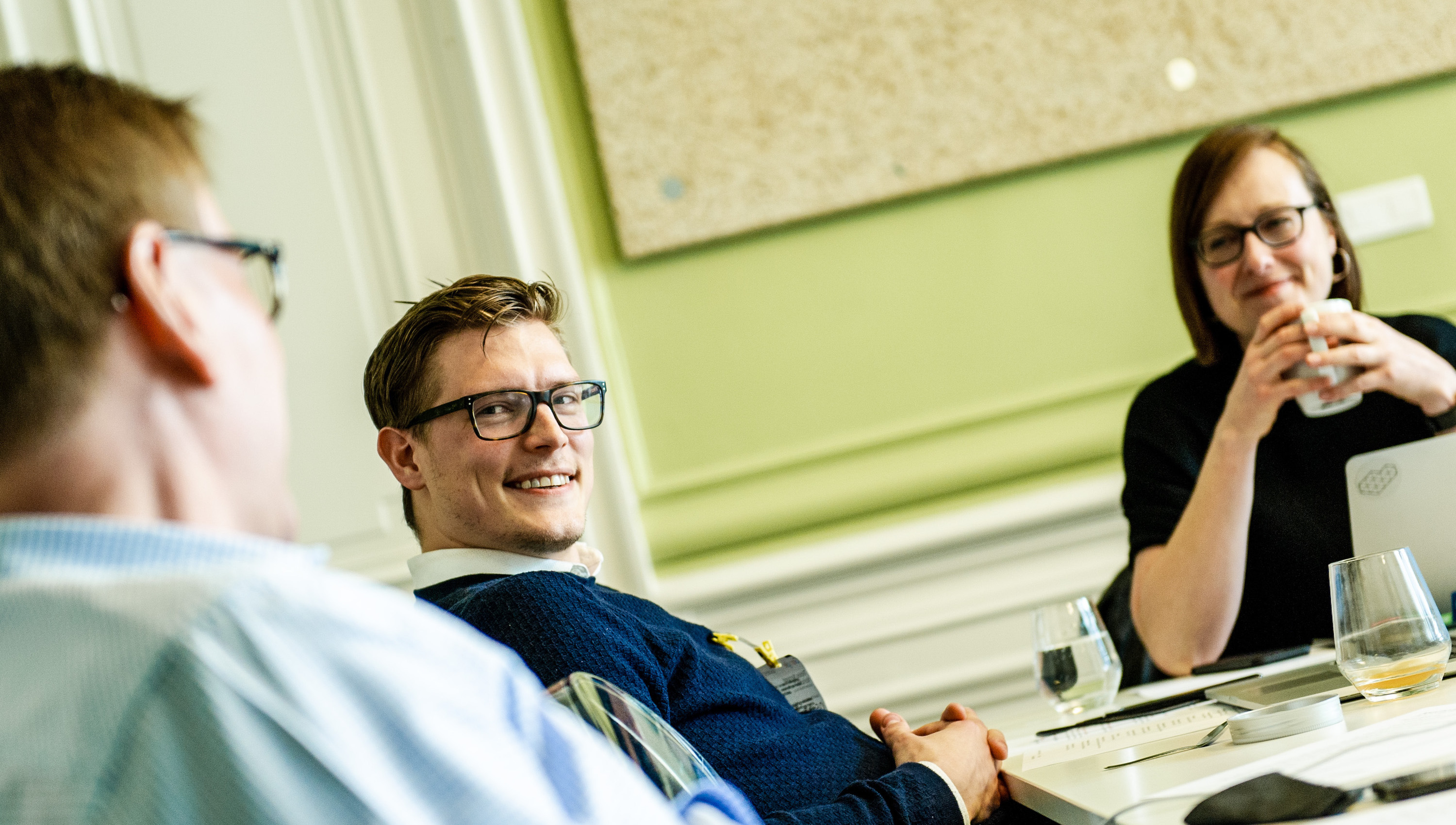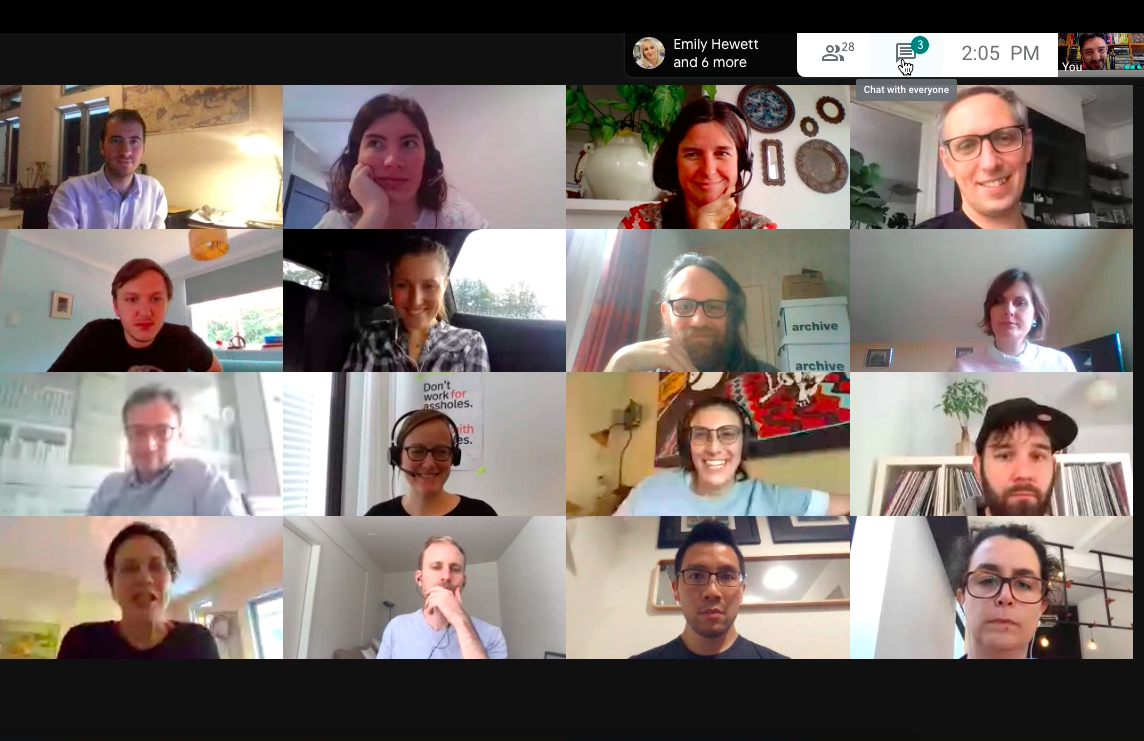Welcome to another edition of the JournalismAI Collab Diary, your window on the developments of our collaborative experiment to prototype AI-powered journalistic solutions.
The programme is now halfway and the five teams have arrived at rather clear formulations of what they will produce as a result of this collaboration. If you missed the previous editions, you can find them all here.
Today, we talk with Team 3 to find out more on how they approached their challenge: “How might we use methods of automation and structured journalism to identify and re-use evergreen content in a way that eases accessibility and makes content snackable?”
The members of Team 3 are:
- Uli Köppen & Cécile Schneider, Bayerischer Rundfunk, Germany
- Olle Zachrison, Sveriges Radio, Sweden
- Christina Elmer, Der Spiegel, Germany
- Pratyush Ranjan, Jagran New Media, India
- Didier Orel, TX Group, Switzerland
JournalismAI: Can you tell us about the project you are working on?
Team 3: Our challenge focuses on evergreens, meaning timeless pieces of high journalistic value: How can we use these editorial gems to provide users with orientation in the massive flood of news output that they are confronted with every day? In our view, a structured journalism approach could be of great help here. Elements of evergreen pieces, for example short summaries or quotes, could be recomposed and inserted into new pieces. And since this process has some parts that are standardisable, we are optimistic that AI tools can support us, at least in certain work steps. In our study, we will explore this in multiple contexts – with different snippet formats, in diverse newsrooms and based on several languages. We will use a prototype for the AI-based generation of summaries, evaluate the results with testing tools that we have already implemented and of course include concrete experiences and testing data from all team members. This is what our study has in common with structured journalism: It can be broken down into smaller elements that can be individually examined in specific contexts.
Why did you decide to focus on this area to explore the potential of AI technologies?
The decision had two sides: On the one hand, we expect a great deal from lifting editorial gems and making them accessible. Newsrooms produce so much valuable information that has far too little visibility, especially in the long term! We are convinced that the structured journalism approach can be of great help – both in this regard and in improving digital journalism overall. Using well-structured metadata, it has the potential to provide specific journalistic formats (regarding length, depth, multimedia types etc.) for the countless digital usage contexts that exist today. On the other hand, we find it exciting to explore the possible applications of automatically created formats, especially when it comes to journalistic content. They surely might be helpful for newsrooms and there are currently strong developments in this area. But to fully understand their implications for media, more concrete usage scenarios and case studies are needed. Only then can we design meaningful workflows that make use of new technologies and at the same time uphold and even enhance the creative potential of newsrooms.
Which resources, people and experiences have been most useful so far?
The Collab is extremely helpful for us to discuss our starting points with experts and colleagues from very diverse backgrounds. For example, Lisa Gibbs – one of the members of the Collab coaching team – gave us insights into AP’s summarising tool, both in terms of its technical functionality and the integration into the journalistic workflows. It was very useful to watch the tool in action and to learn how much training is needed to achieve good results.

What are the key things that you learned over these months by working together?
It was great to identify so many similarities in such a diverse network. Abstracting our concrete challenges, we could theoretically work with very similar solutions. We have also seen that we are very united in the quest to use AI to find new, engaging ways to direct the audience to the very best content we produce. At the same time, it became clear how specific our requirements are, such as language differences, formats and technical environments. For example, the definition of an evergreen differs understandably from newsroom to newsroom. Our impression is that there can’t be one solution for all – but that we can only solve this issue in a modular way, in hybrid workflows that have to adapt flexibly to specific circumstances.
What do you hope to achieve?
At the very least, we hope to gain actionable insights for the use of AI tools following the context described here. But of course, we hope that there will be opportunities along the way to adapt appropriate AI tools to fit our newsrooms – or to refine existing prototypes. As we delve into this, we will always be exploring hybrid workflows that combine journalistic and algorithm-based work steps. Integrating suitable tools into existing newsroom workflows is already a huge challenge for media companies and will become increasingly important. After all, our results should help us and other media professionals to improve reading time, minimise churn and provide a better user experience for our audience. If we can show that a smart use of AI adds quality by especially promoting premium pieces, that will be a very persuasive argument in any organisation.
The other Collab teams also made significant progress over the summer and are now defining how the results of their work will look like. The projects in-the-making include a resource centre gathering best practice to using AI to identify, understand and mitigate newsroom biases and AI-powered systems that optimise content discovery for individual users based on their reading habits.
Check out the last episode to read more about each team’s work and ideas and let us know: Which team would you like to hear more about in the next edition of the Collab Diary?
Get in touch with Mattia on Twitter or via M.Peretti@LSE.ac.uk to share your thoughts and any questions you might have. And remember, the Collab is open: if you want to contribute to the work of one of the five teams, get in touch!
Sign up for our monthly newsletter if you don’t want to miss any update from the Collab.
JournalismAI is a project of POLIS, supported by the Google News Initiative.






